Ruitao Feng
ART: The Alternating Reading Task Corpus for Speech Entrainment and Imitation
Apr 03, 2024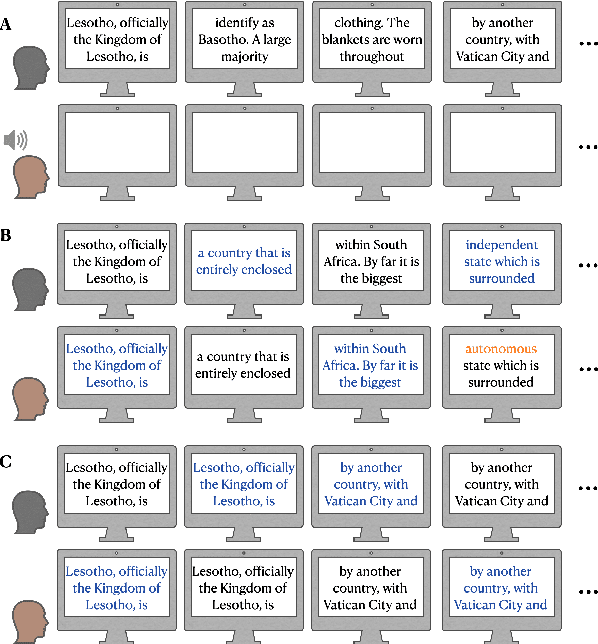
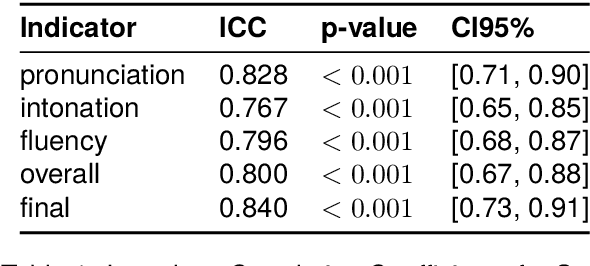
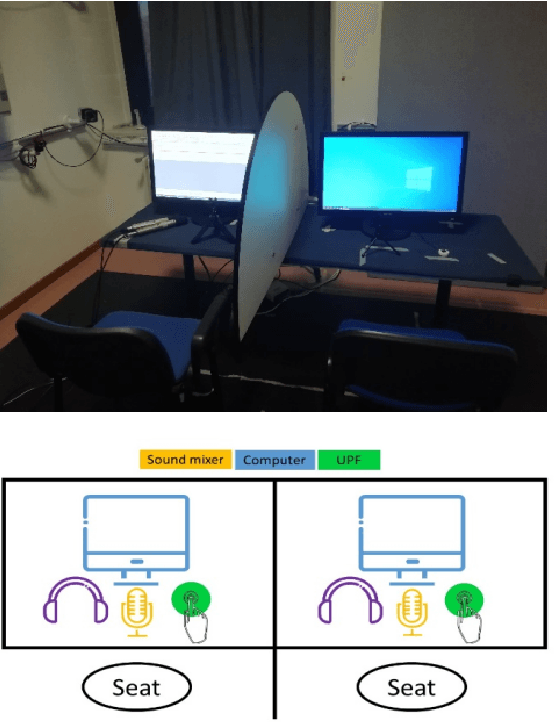
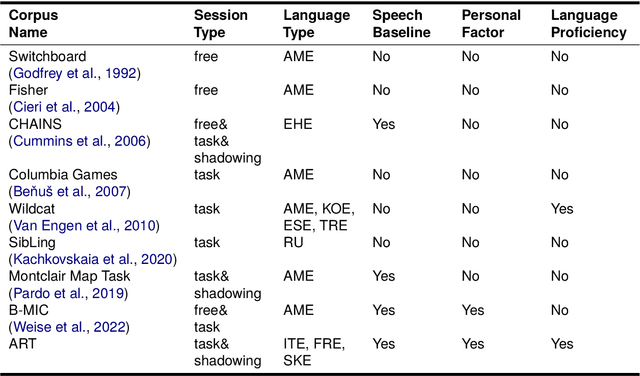
Abstract:We introduce the Alternating Reading Task (ART) Corpus, a collection of dyadic sentence reading for studying the entrainment and imitation behaviour in speech communication. The ART corpus features three experimental conditions - solo reading, alternating reading, and deliberate imitation - as well as three sub-corpora encompassing French-, Italian-, and Slovak-accented English. This design allows systematic investigation of speech entrainment in a controlled and less-spontaneous setting. Alongside detailed transcriptions, it includes English proficiency scores, demographics, and in-experiment questionnaires for probing linguistic, personal and interpersonal influences on entrainment. Our presentation covers its design, collection, annotation processes, initial analysis, and future research prospects.
Beyond Fidelity: Explaining Vulnerability Localization of Learning-based Detectors
Jan 05, 2024
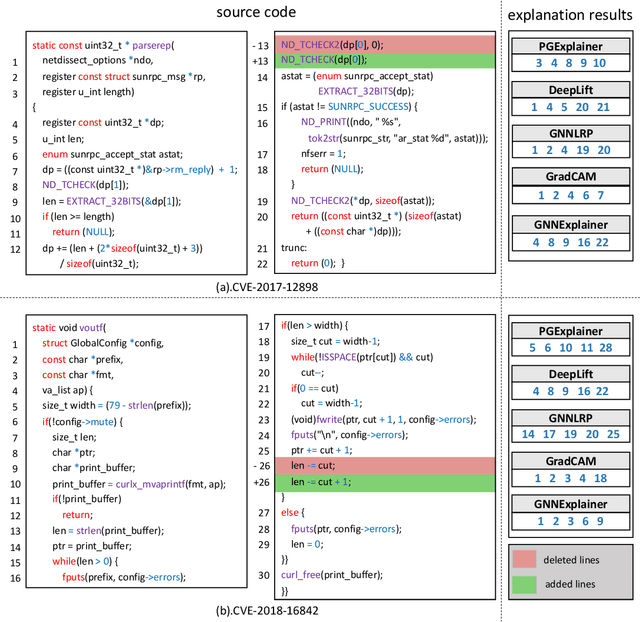
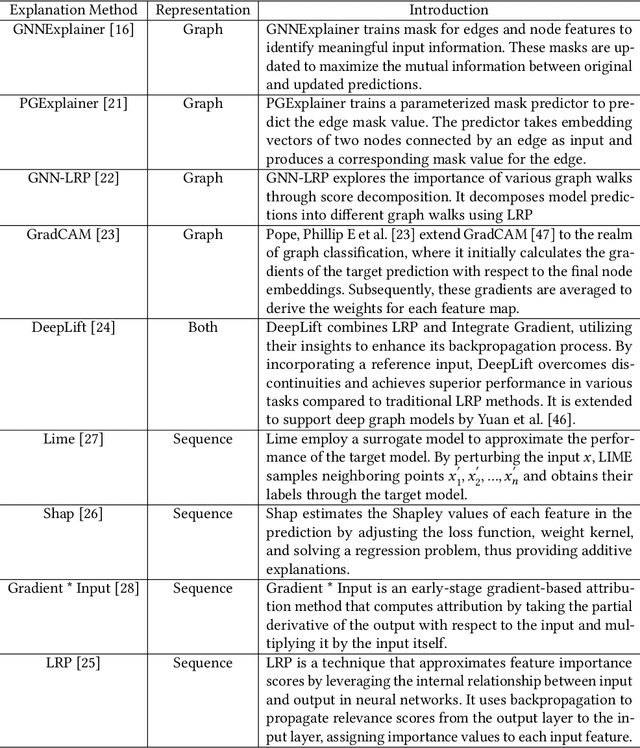
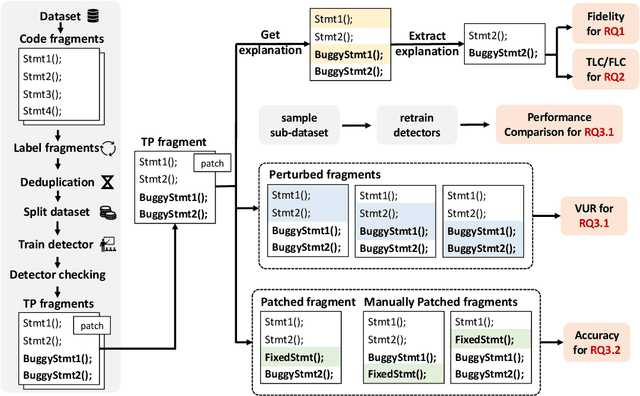
Abstract:Vulnerability detectors based on deep learning (DL) models have proven their effectiveness in recent years. However, the shroud of opacity surrounding the decision-making process of these detectors makes it difficult for security analysts to comprehend. To address this, various explanation approaches have been proposed to explain the predictions by highlighting important features, which have been demonstrated effective in other domains such as computer vision and natural language processing. Unfortunately, an in-depth evaluation of vulnerability-critical features, such as fine-grained vulnerability-related code lines, learned and understood by these explanation approaches remains lacking. In this study, we first evaluate the performance of ten explanation approaches for vulnerability detectors based on graph and sequence representations, measured by two quantitative metrics including fidelity and vulnerability line coverage rate. Our results show that fidelity alone is not sufficient for evaluating these approaches, as fidelity incurs significant fluctuations across different datasets and detectors. We subsequently check the precision of the vulnerability-related code lines reported by the explanation approaches, and find poor accuracy in this task among all of them. This can be attributed to the inefficiency of explainers in selecting important features and the presence of irrelevant artifacts learned by DL-based detectors.
An Orchestrated Empirical Study on Deep Learning Frameworks and Platforms
Nov 13, 2018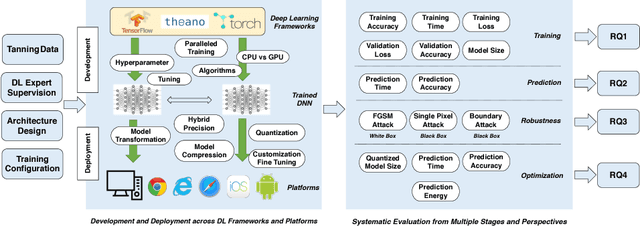


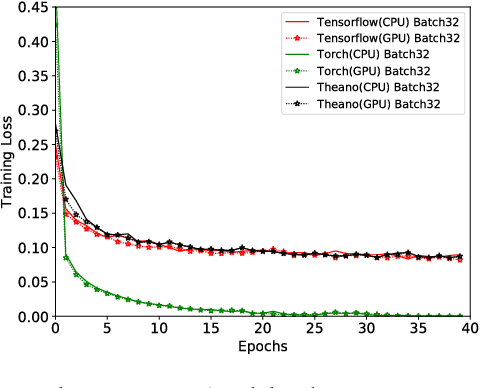
Abstract:Deep learning (DL) has recently achieved tremendous success in a variety of cutting-edge applications, e.g., image recognition, speech and natural language processing, and autonomous driving. Besides the available big data and hardware evolution, DL frameworks and platforms play a key role to catalyze the research, development, and deployment of DL intelligent solutions. However, the difference in computation paradigm, architecture design and implementation of existing DL frameworks and platforms brings challenges for DL software development, deployment, maintenance, and migration. Up to the present, it still lacks a comprehensive study on how current diverse DL frameworks and platforms influence the DL software development process. In this paper, we initiate the first step towards the investigation on how existing state-of-the-art DL frameworks (i.e., TensorFlow, Theano, and Torch) and platforms (i.e., server/desktop, web, and mobile) support the DL software development activities. We perform an in-depth and comparative evaluation on metrics such as learning accuracy, DL model size, robustness, and performance, on state-of-the-art DL frameworks across platforms using two popular datasets MNIST and CIFAR-10. Our study reveals that existing DL frameworks still suffer from compatibility issues, which becomes even more severe when it comes to different platforms. We pinpoint the current challenges and opportunities towards developing high quality and compatible DL systems. To ignite further investigation along this direction to address urgent industrial demands of intelligent solutions, we make all of our assembled feasible toolchain and dataset publicly available.
 Add to Chrome
Add to Chrome Add to Firefox
Add to Firefox Add to Edge
Add to Edge